Glacial
Recession
A global consequence of climate change that poses a threat to us all.

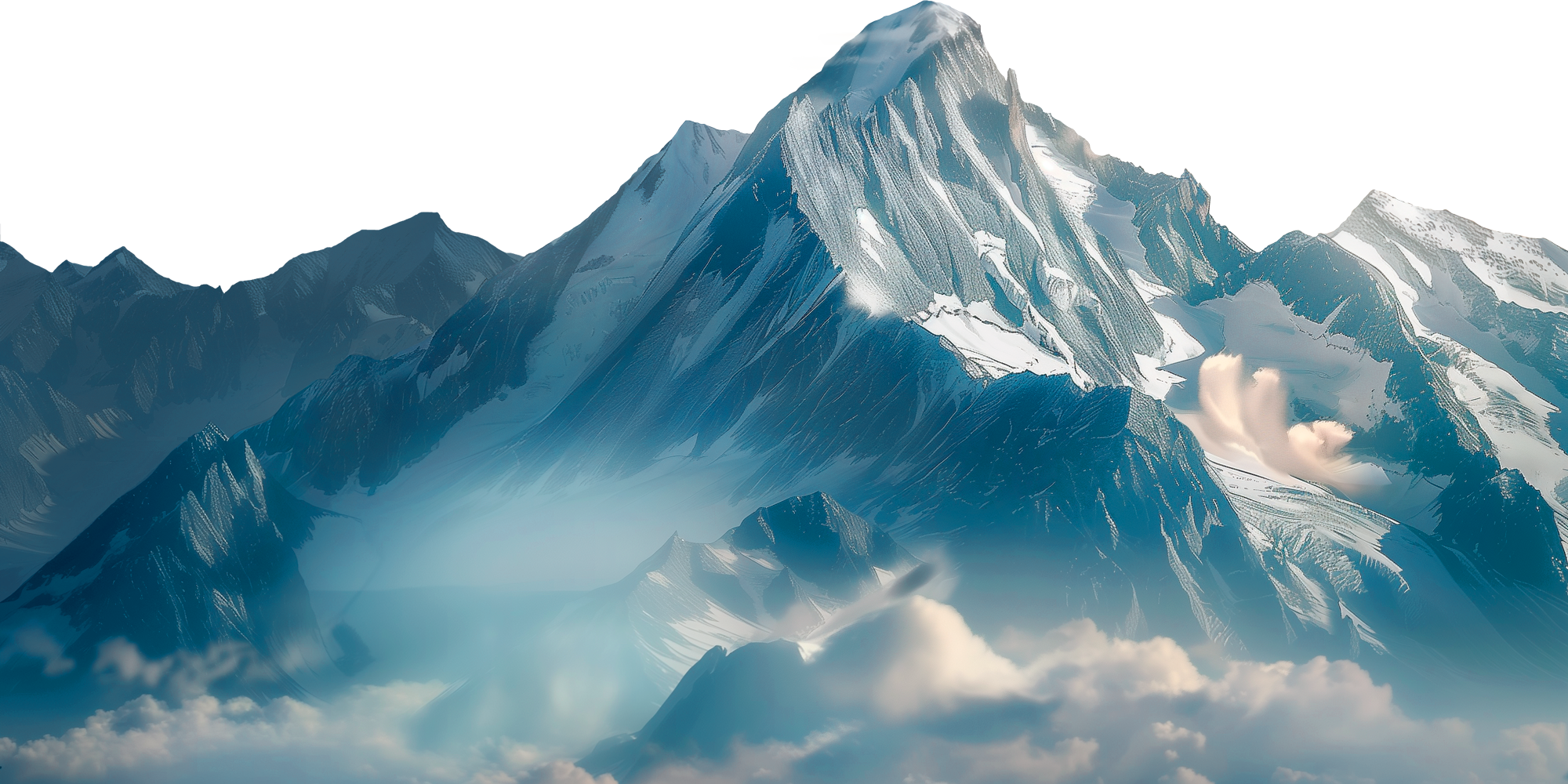
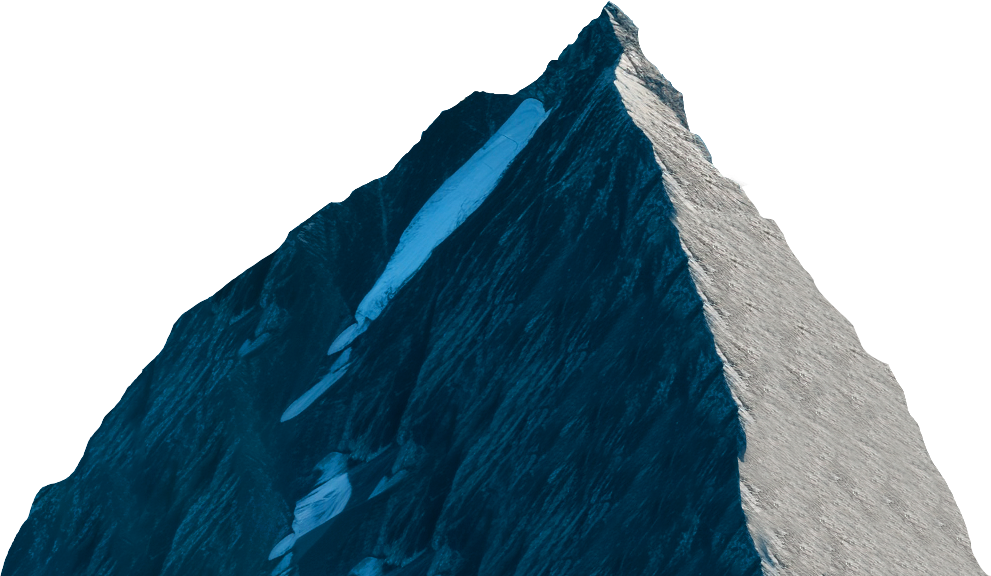
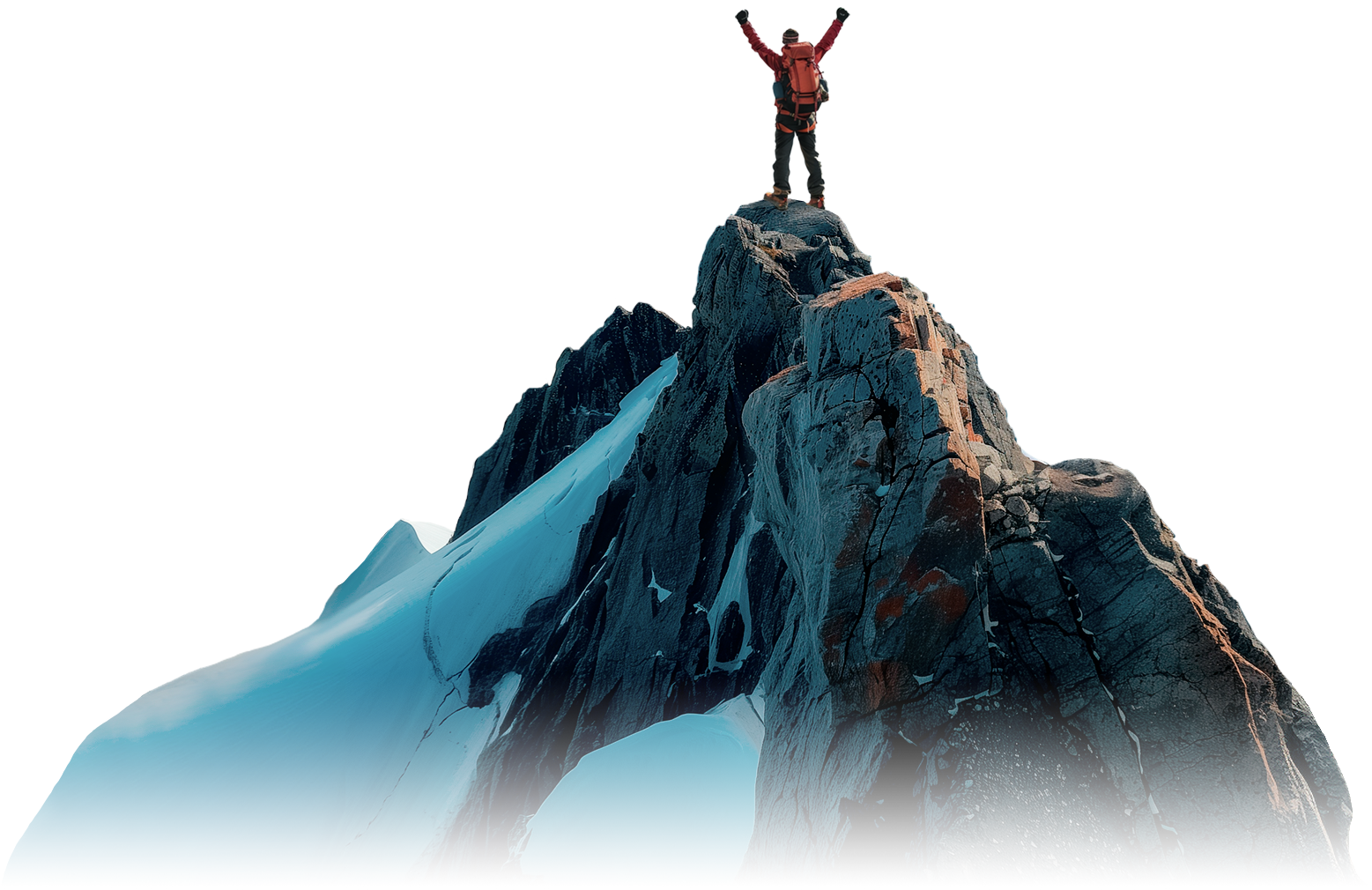

A global consequence of climate change that poses a threat to us all.

The natural cycle of glaciers has existed long before humans roamed the Earth. This processes known as "glaciation" is mainly influenced by the Earth's orbit around the Sun. These Ice Ages are marked by cooler temperatures and the advancement of glaciers, and when uninterrupted, are on a predictable cycle of 100,000 years with periods of interglacial years (periods of time when glaciation slows down).
However, since the revolution of human ingenuity, this long-lasting cycle is coming to an end...
The start of the Industrial Revolution in the 1760's which heavily relied on burning fossil fuels slowly started to impact Earth's global climate by populating the atmosphere with more trace elements known to us as "greenhouse gasses" (CO2, methane, etc).
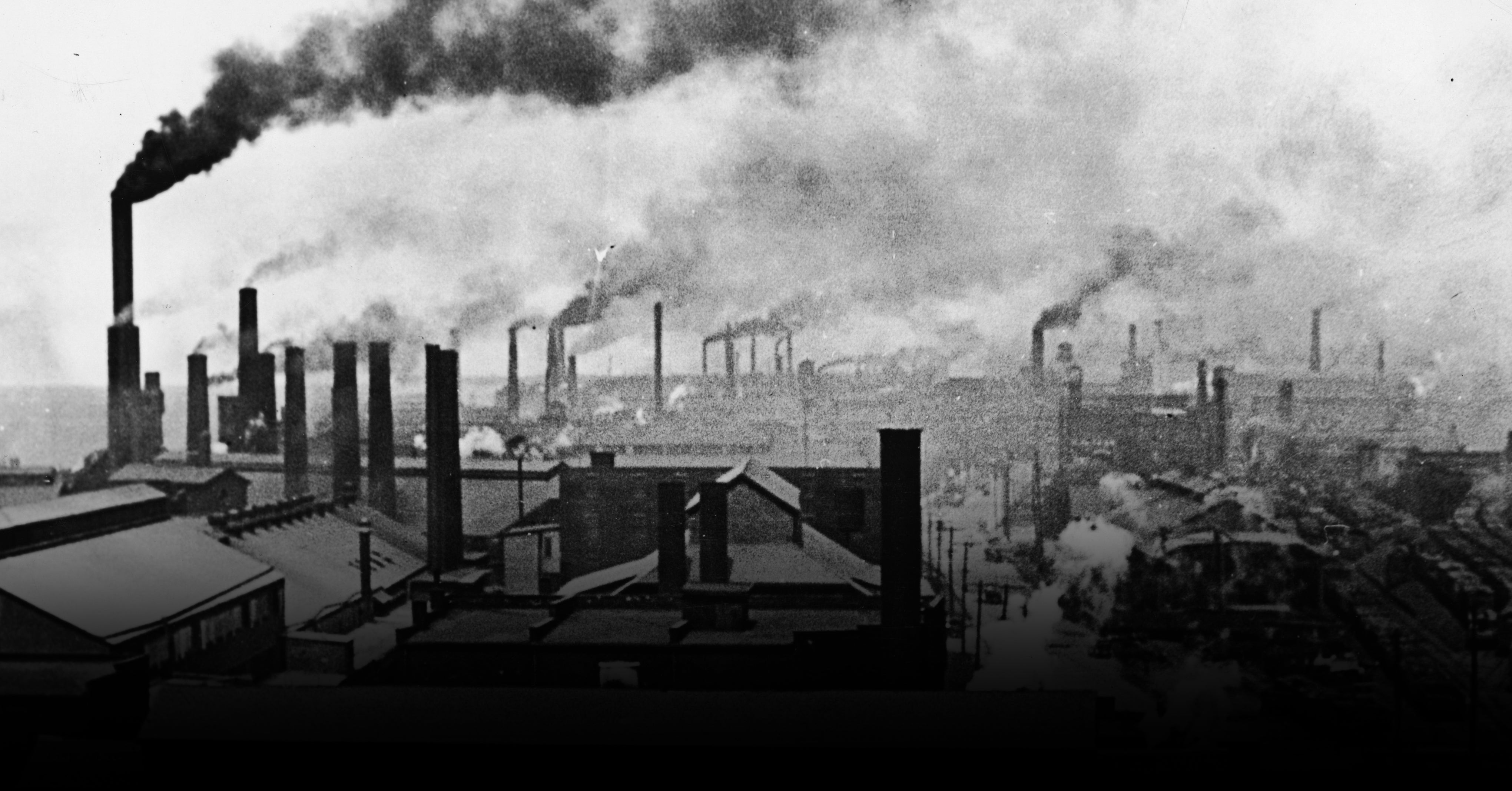
Observations of glacial retreat have been noted in North America, Europe and Asia.
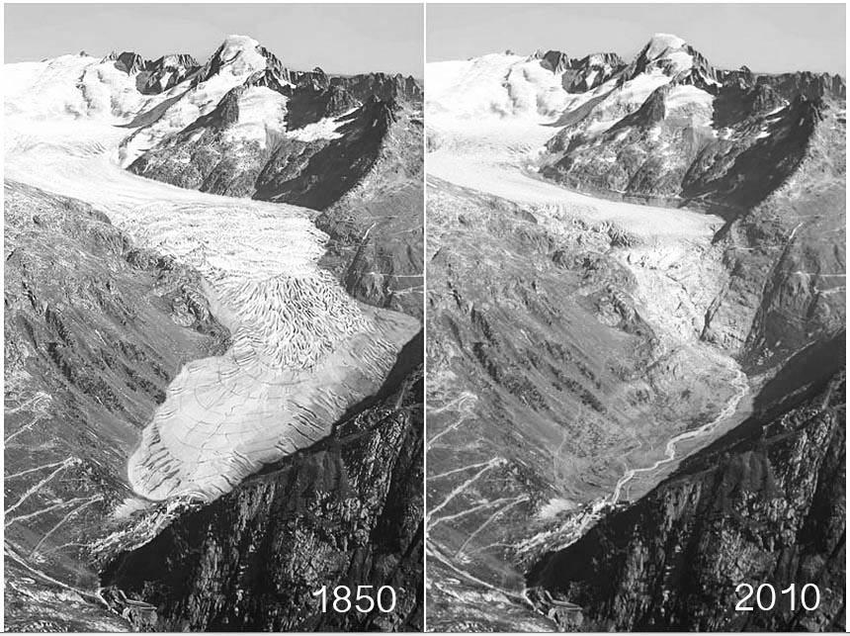
Observations of glacial retreat have been noted in North America, Europe and Asia.
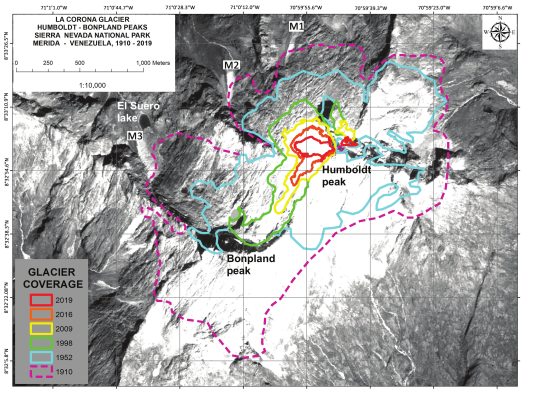
Global temperature increase has led to increasingly rapid glacier loss and even the disappearance of glaciers entirely.

Global temperature increase has led to increasingly rapid glacier loss and even the disappearance of glaciers entirely.
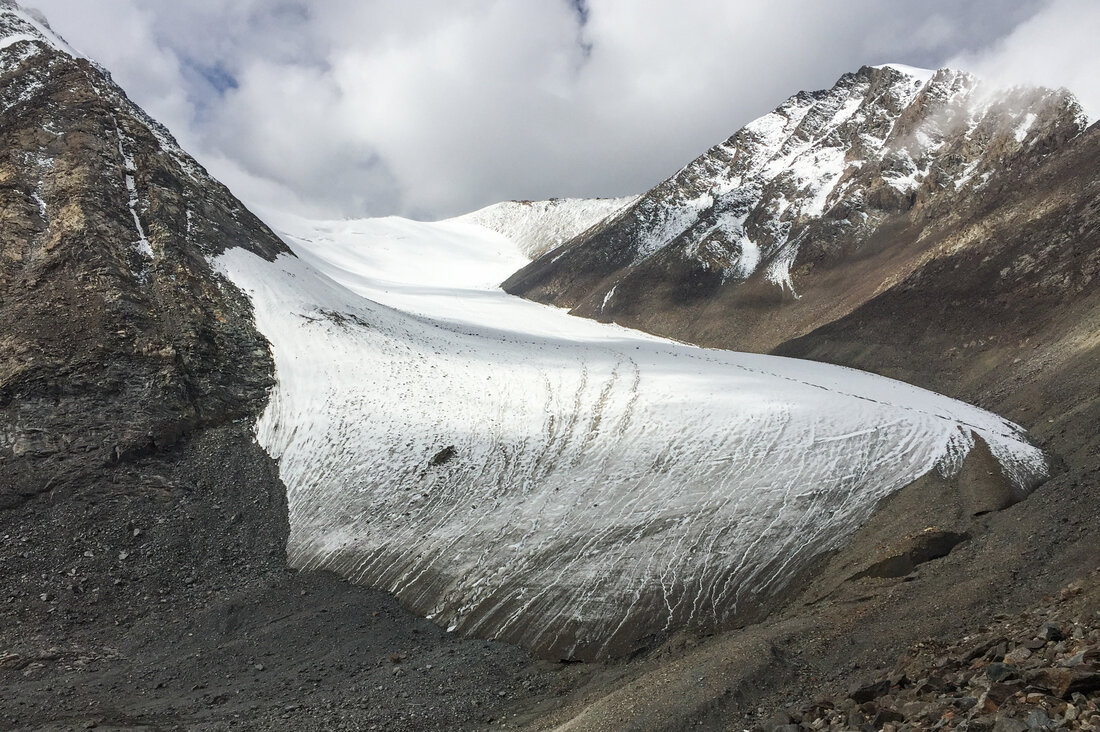
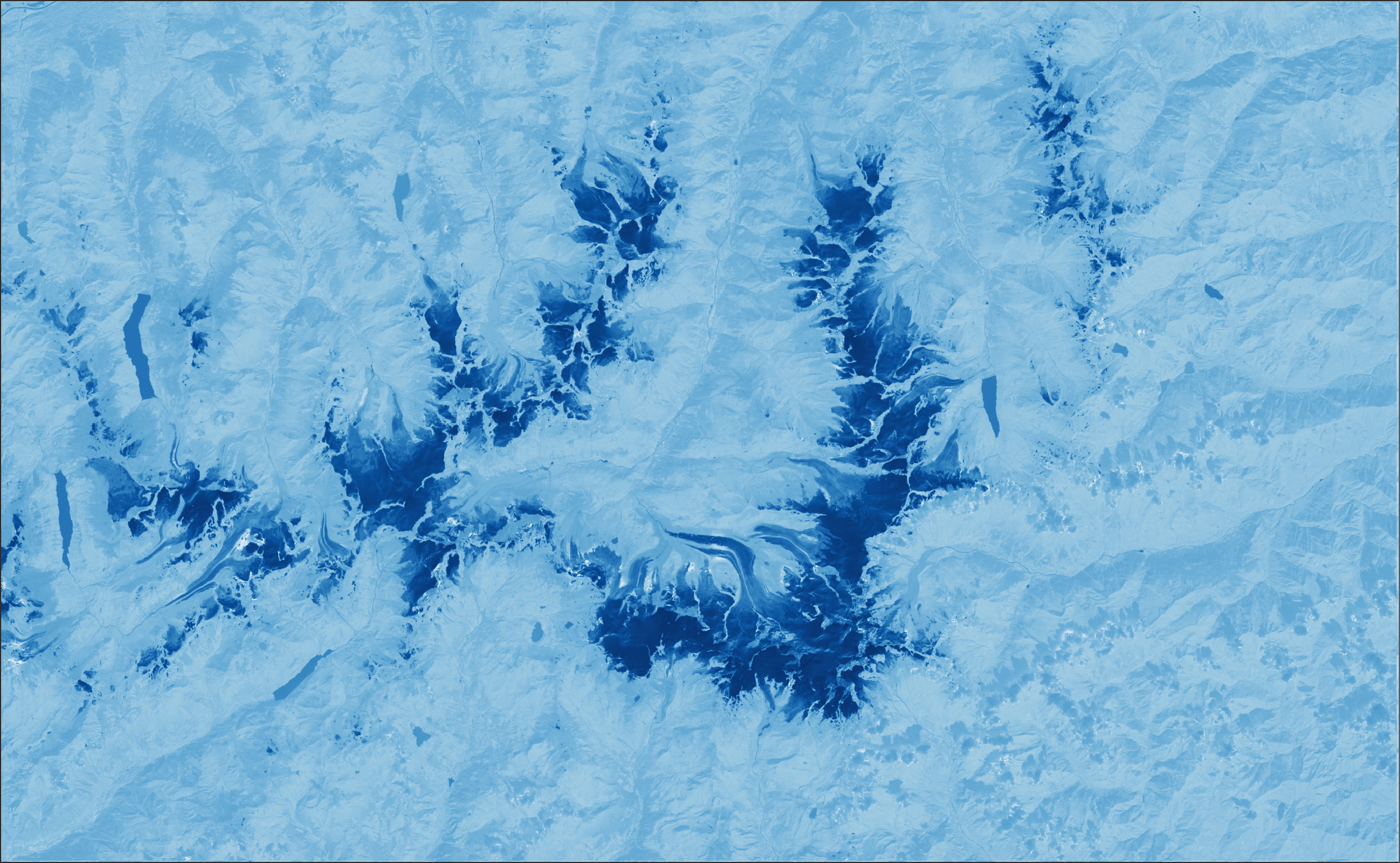
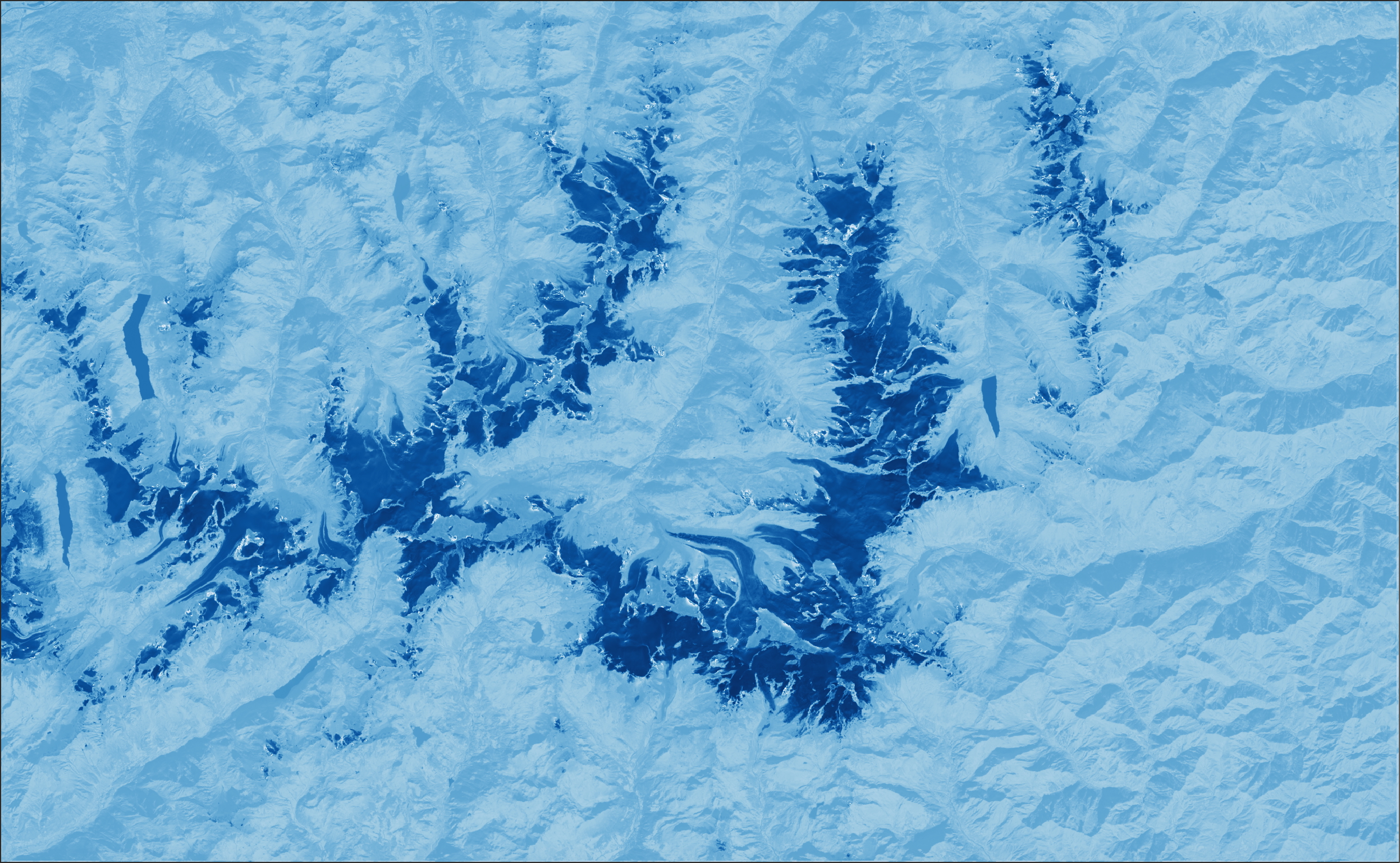
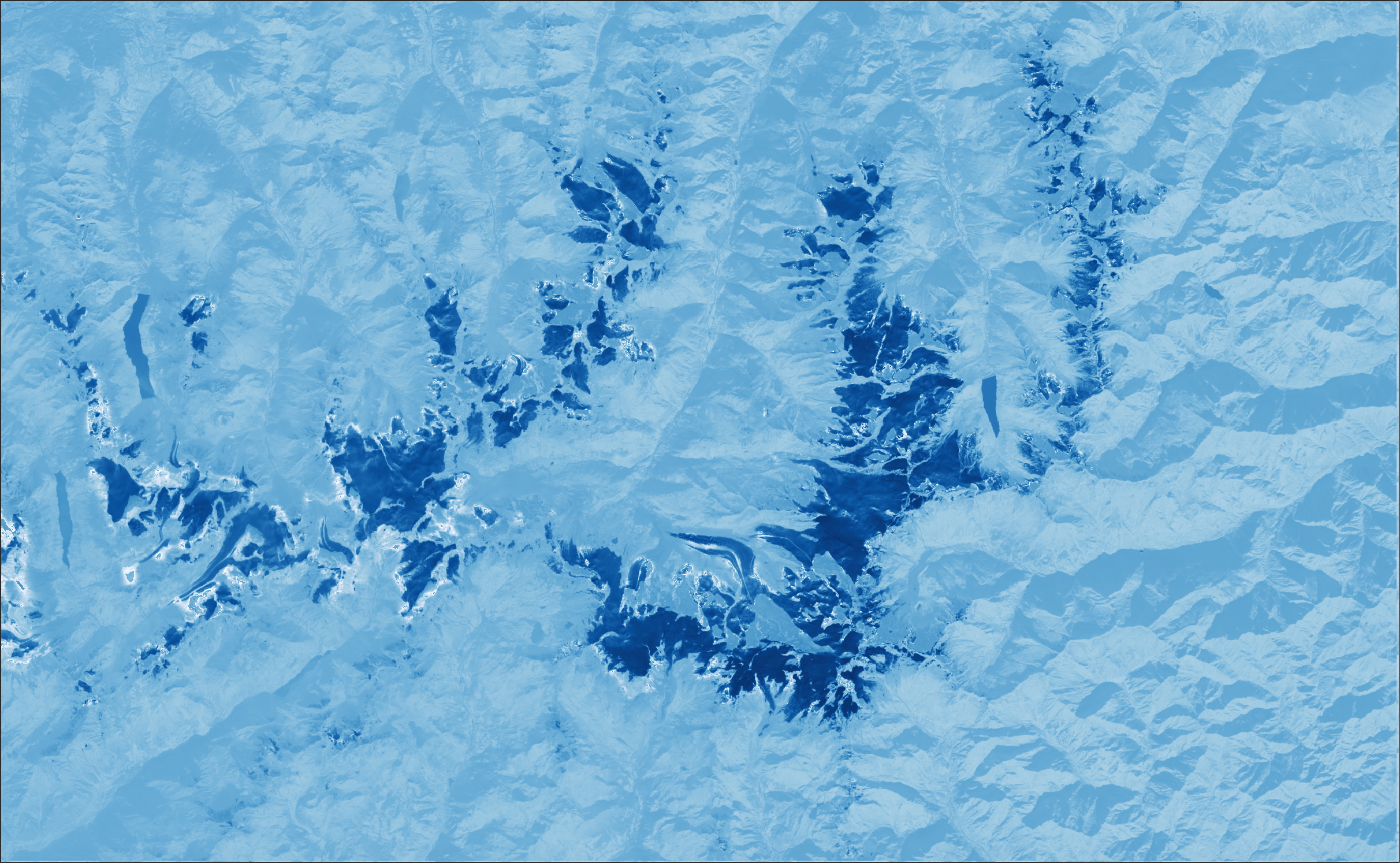
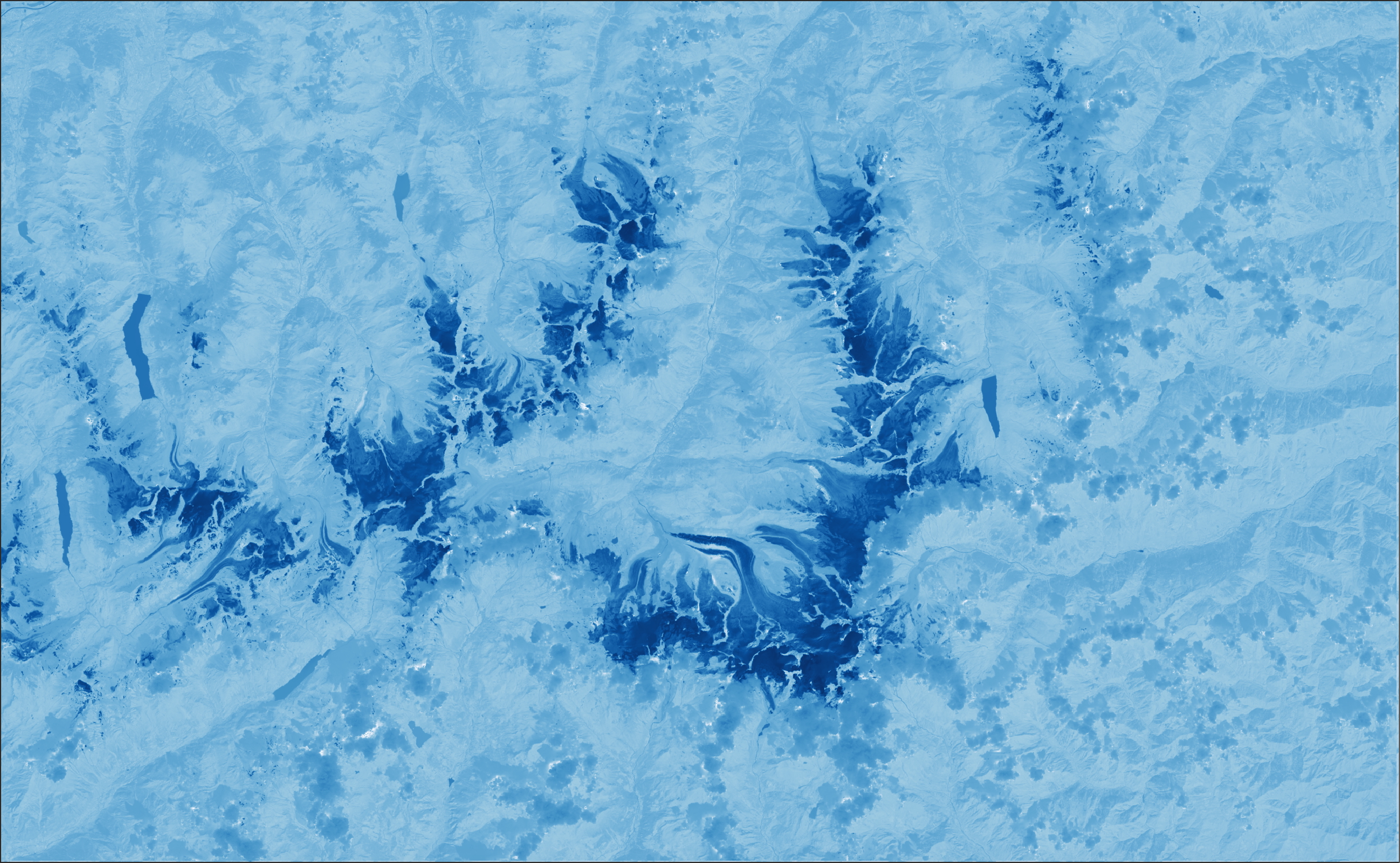
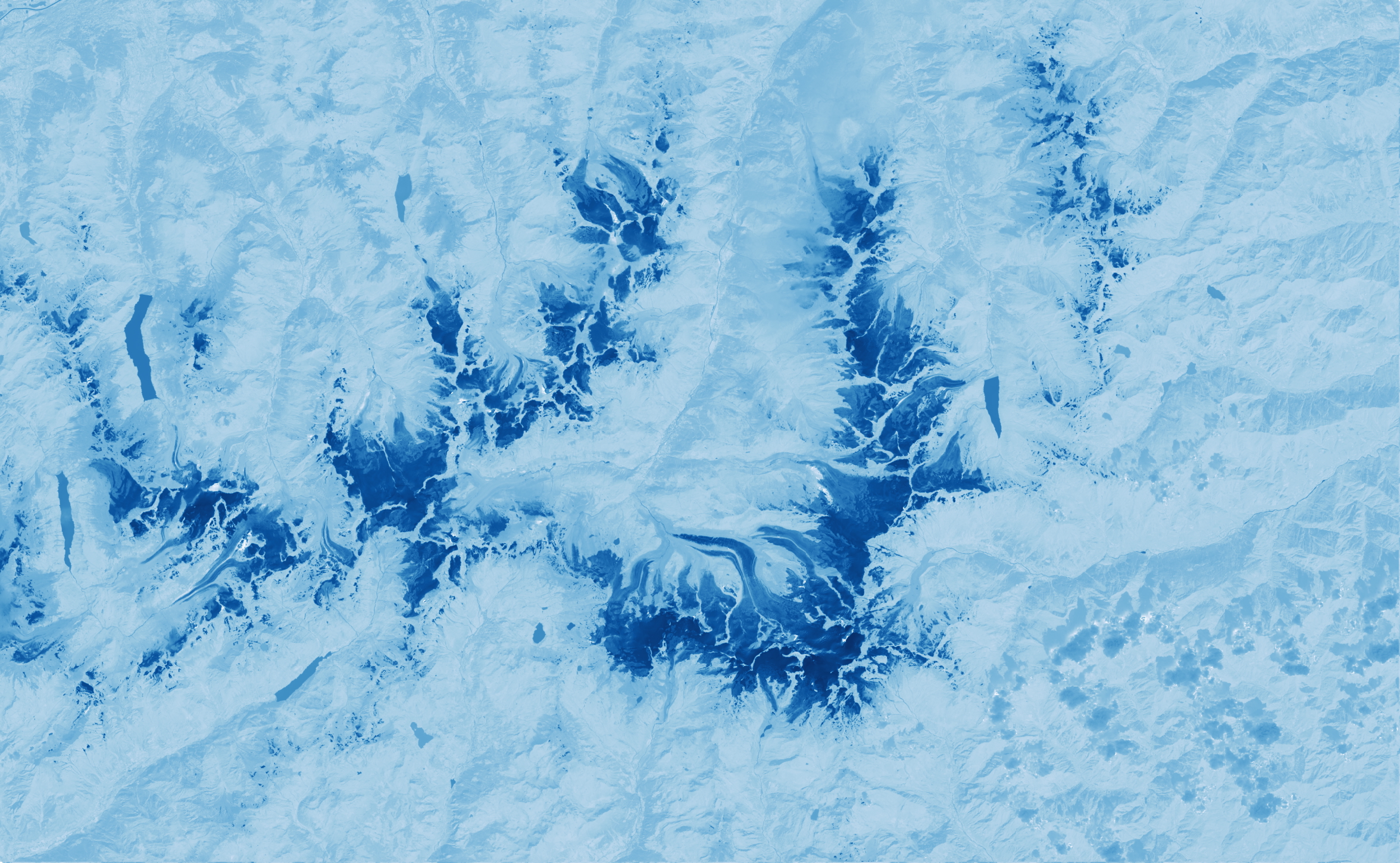
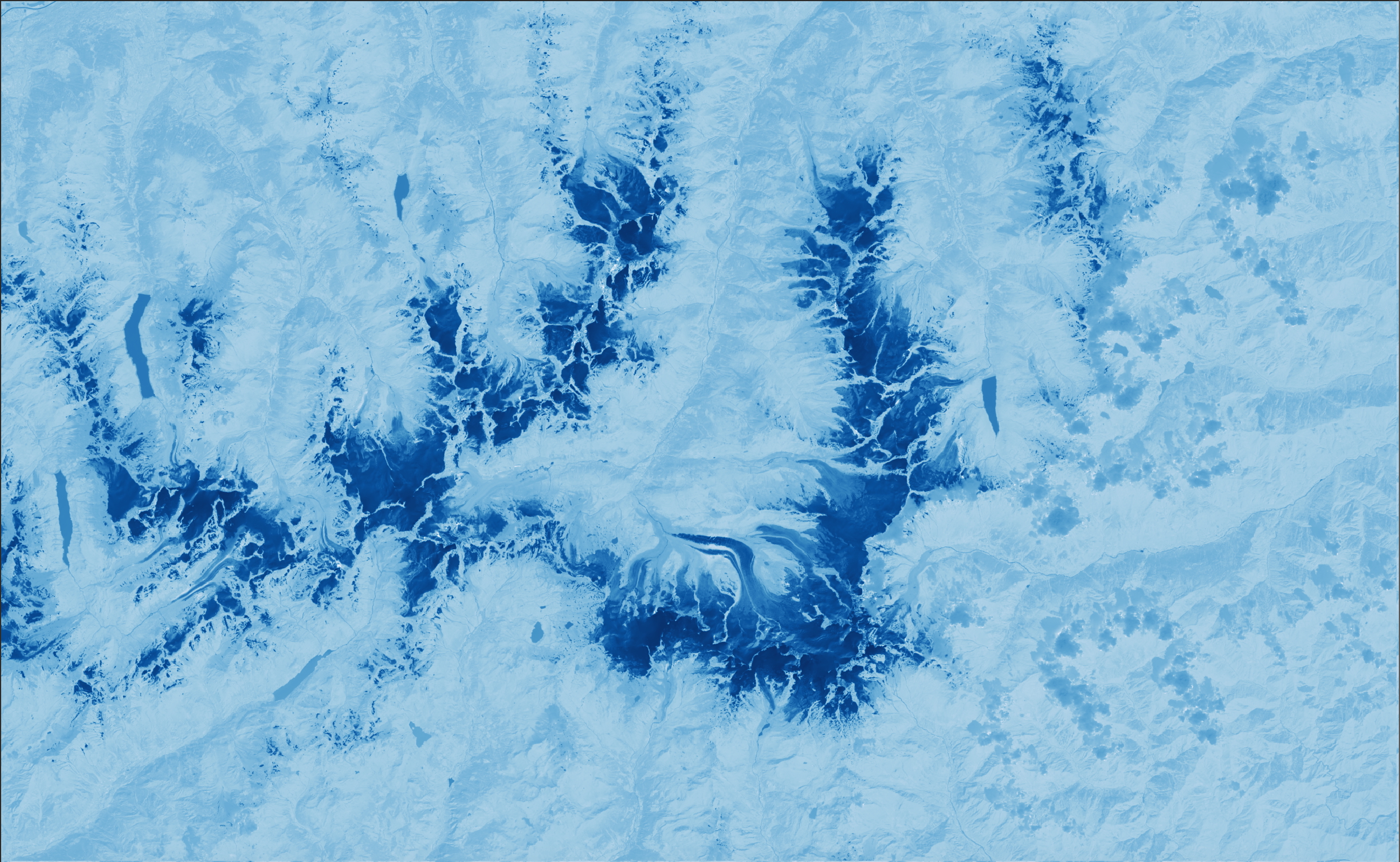
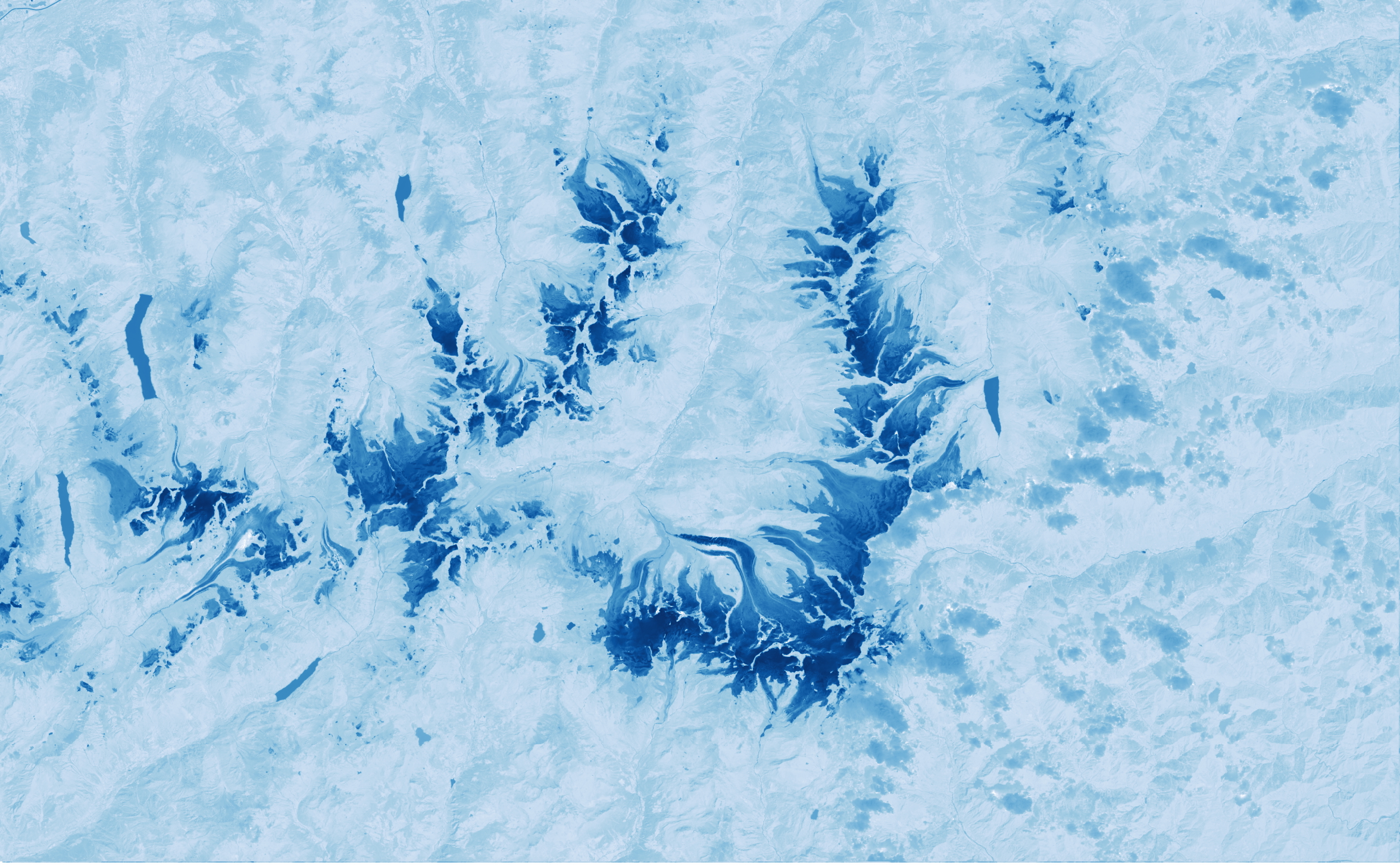
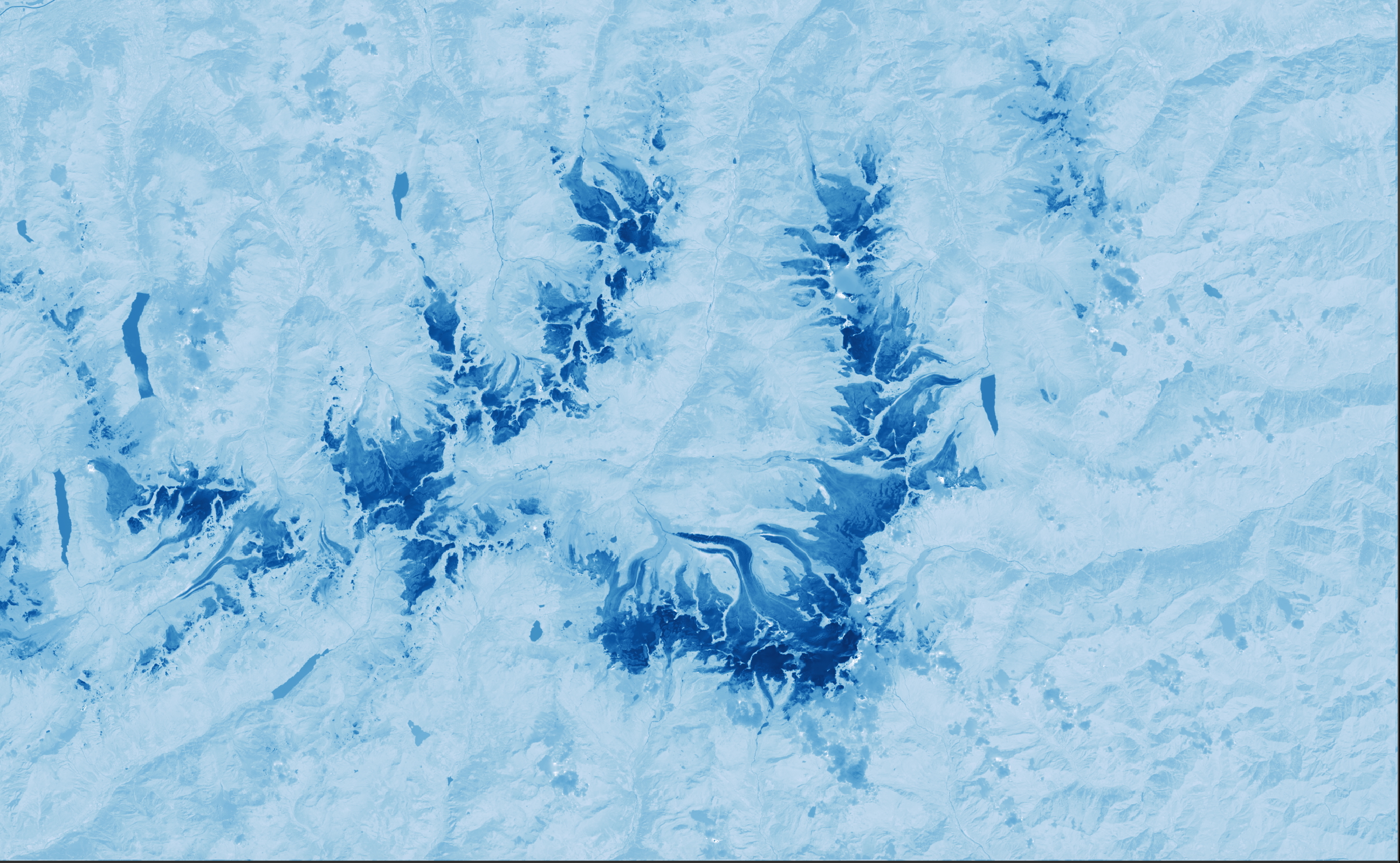
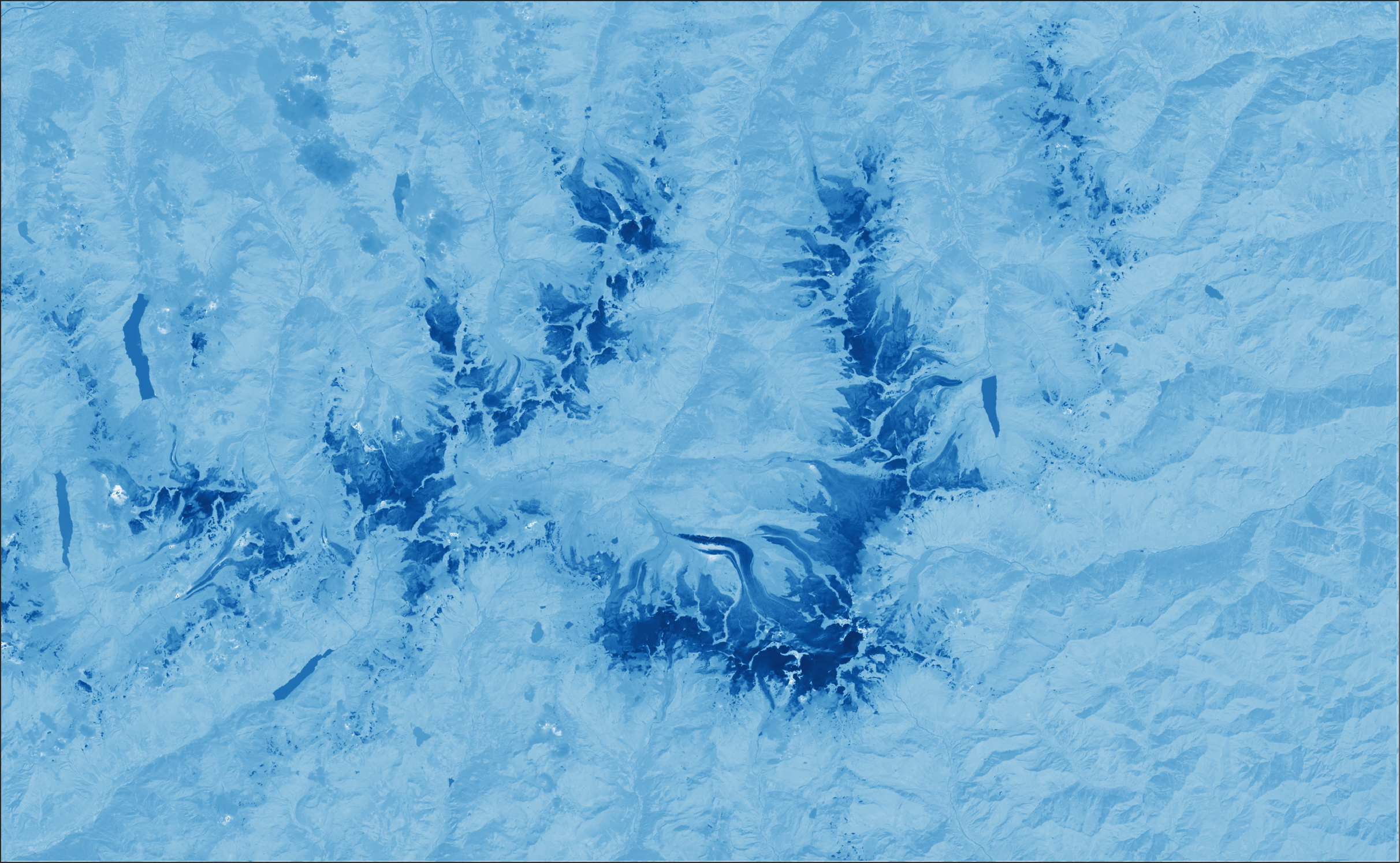
The timelapse shows the glaciers (the dark blue) surrounding Zermatt and Saas Fee Switzerland over the course of the past 10 years.
The town of Zermatt is located in the valley located between the glaciers, while Saas Fee is located to the northeast.
Zermatt and Saas Fee are two of the most popular ski destinations in the Alps.
Zermatt is extremely popular for tourists as it has some of the most beautiful views with the famous Matterhorn located just outside town.
Saas Fee is a more popular destination for true skiers with glaciers that allow year round lift access skiing which attracts professional skiers from around the world to practice throughout the summer.
Both towns create a great economic asset through their natural beauty and accessibility to the glaciers that surround them.
However due to hotter summer temperatures and less snowfall in the winter, these glaciers, among many others, are on track to disappear completely by 2100.
Since these ski resorts are a big economical contributor in Switzerland, these receding glaciers might detour potential skiers in the near future.
These Swiss glaciers hold important cultural significance, such as inspiration of historical fairy tales, and their disappearance could mean the loss of national heritage for Switzerland.
Glaciers have an outstanding impact on the environment surrounding them as well as those nowhere near them. The melting of these glaciers has a profound effect on the health of these environments. Glaciers help provide balance to the surrounding environments and help them survive. The perennial streams that originate from glaciers are extremely important as they provide water for these environments and although it is the melting of glaciers that feed these streams, at the rate they are melting these streams will no longer exist. These streams also usually feed into the ocean meaning the fresh glacier water is turned to salt water. With all of this freshwater being released we do not only see a rise in sea levels but also a greater amount of salt water which is not useful to most species. The release of this water into lakes also affects the balance of chemicals and organisms in the water and can have major effects on surrounding wildlife.
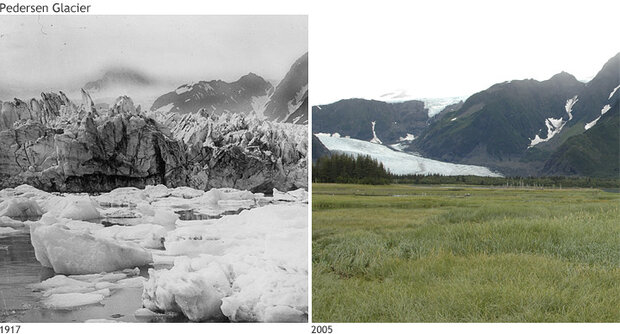
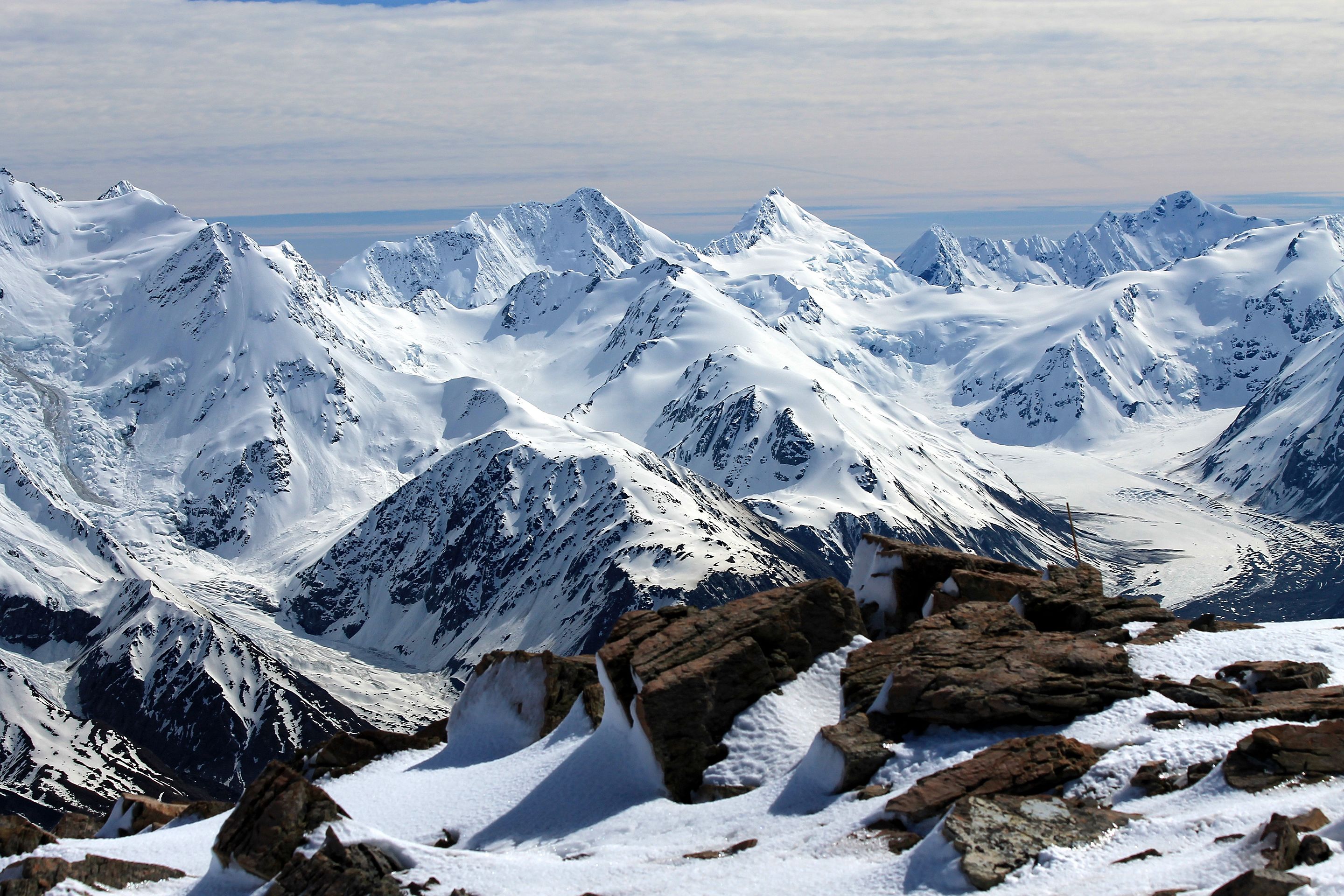
In New Zealand we’re seeing similar trends of increasing tourism related to glaciers. Glacial tourism began in the 1880’s, with commercial tourism beginning on Fox Glacier in 1929. With glaciers in New Zealand being reported as a high tourist apparel due to their accessibility and natural beauty. Glacier Retreat and Tourism: Insights from New Zealand by Heather Purdie investigates the impacts of glacial recession in relation to tourism. New Zealand has over 3100 glaciers. There are three glaciers used extensively, Franz Josef Glacier, Tasman Glacier, and Fox. Their tourism industry is unique as tourists can not only view but also walk on the glaciers. This brings a set of challenges with glacial recession, the surface morphology changes associated with retreat and thinning ice results in increasingly difficult access for guided walks on the Franz Josef Glacier. The lower ice slopes, commonly used for guided walks, have become increasingly difficult and dangerous for inexperienced walkers. The slopes are steeper, there is an increase in rockfall hazards, and with debris cover. Despite dramatic changes in glacier length and thickness, glacier tourism has been maintained in New Zealand. With 700,000 of New Zealand's 2.5 million annual visitors traveling to the glaciers.
Skiing is a winter sport that was popularized in the early-20th century with mountaineering and cross-country skiing. It quickly rose in popularity and grew into a commercial industry in the 1960s.
Skiing and other similar sports rely heavily on snowfall, and according to a study (Steiger et al.) published by the Annals of Glaciology, snowfall has been receding since the late 1880s.
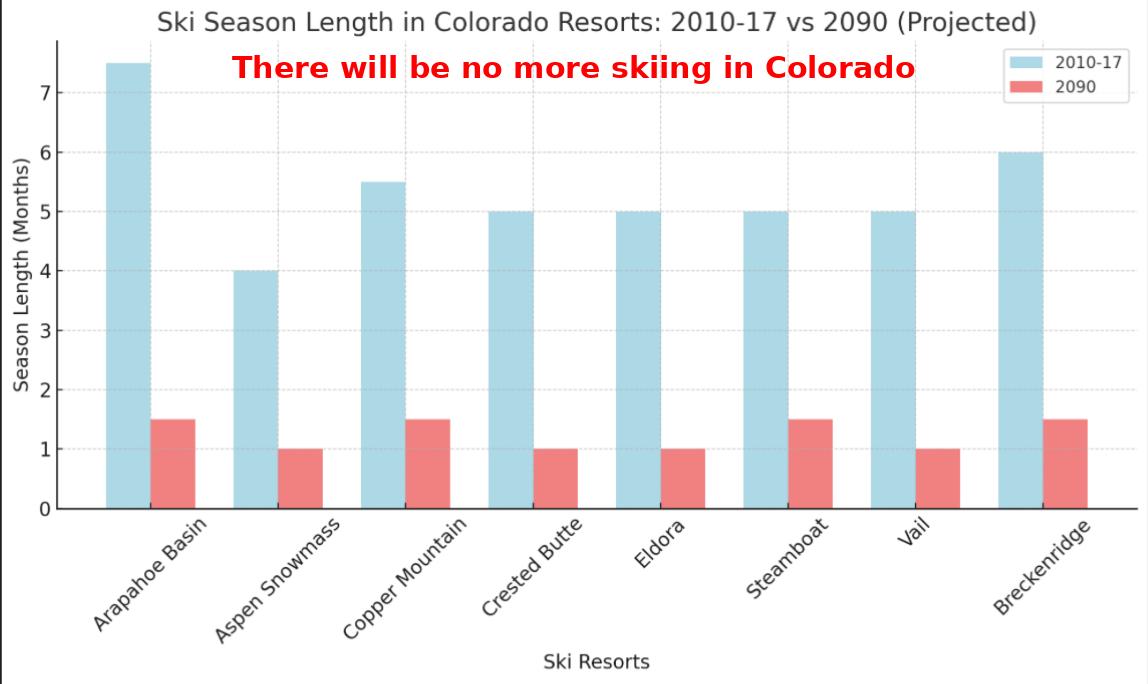
With the rapid recession of glaciers in the past decades, questions about average ski length, the sustainability of glaciers and will certain glaciers be unable to serve this sport anymore, emerge. For many winter sports enjoyers, these questions make this problem all too real as ski season lengths decrease and many resorts that were once open for many months after ski season, will start closing due to the warmer climate.
When we think about the future, it’s impossible to ignore the stark reality of glacial recession and its profound impact on our planet and the places we call home. Nowhere is this more evident than in Colorado, where skiing—a cornerstone of the state’s identity—is under dire threat from climate change. The warming climate is shrinking ski seasons at an alarming rate, and within a few decades, skiing as we know it may vanish entirely. It’s heartbreaking to imagine future generations missing out on this iconic experience that has shaped so many lives. "The Environmental Protection Agency warns that by 2050, Colorado’s ski seasons could shrink by up to 50%, forcing resorts to close and depriving the state of a vital cultural and economic lifeline."(Jacy Marmaduke).
“The whole state is having its worst opening in 20 years,” said Auden Schendler, vice president of sustainability for Aspen Snowmass, during a December interview. “This is the weather and climate we fear. It’s already here.” For a 150-day ski season, that means a reduction of between two weeks to nearly three months. By 2090, the EPA estimates some Colorado ski areas will see seasons shortened by as much as 80 percent from present-day levels. This is a wake-up call: if we don’t take urgent action now, the slopes that define Colorado’s winter wonderland will become a relic of the past.
The Juneau Icefield Research Program's mission is to provide educational experience in the mountains of Alaska and British Columbia. They traverse the Juneau icefield for eight weeks, collecting data and educating others on the importance of glaciology. Glaciologist Jocelyn Rehal at the University of Colorado Boulder has embarked on this journey in the summer of 2019. However, due to the rapid increase of glacier melt, programs like the Juneau Icefield Research Program might not be able to continue.
When speaking with Jocelyn, she was able to explain the glaciers receding in a way that puts it in perspective for those of us who do not experience/see glaciers everyday like locals in Alaska. In Boulder Colorado, the flatirons are something that we see everyday, and if we lost those that would leave a lasting impact on the community. Unfortunately, this doesn't just affect the Juneau Research Program. Glacial recession threatens to upend various areas of life impacting everyone who lives on this planet.
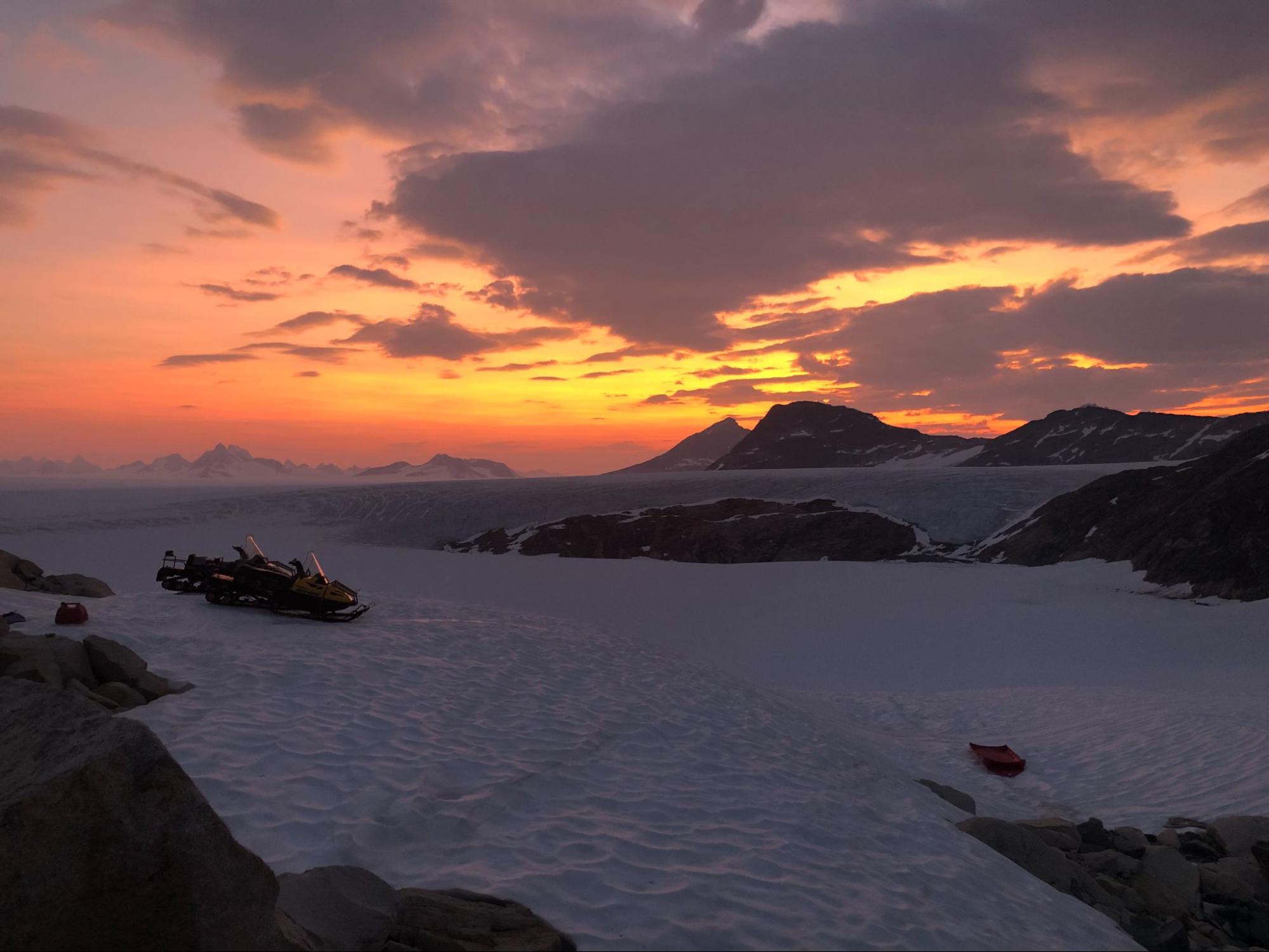
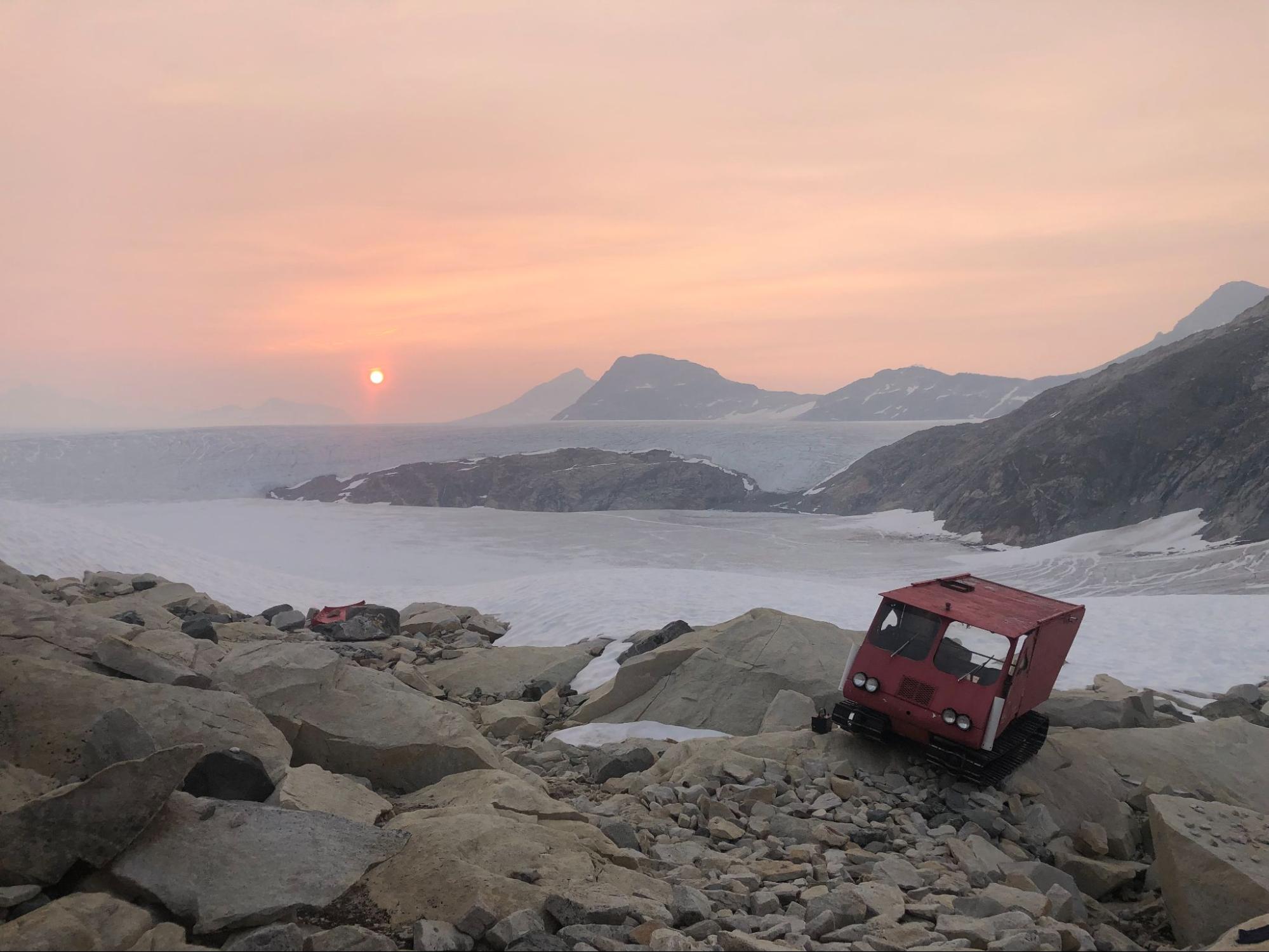
Glaciers hold important significance to human society. They have benefited us environmentally, socioeconomically, and culturally so much so that the slow disappearance has sparked an initiative from countries to create laws and regulations to preserve them.
The Glacier Protection Laws (GPLs) are designed to protect glaciers due to the effect of mining.
In Argentina their law prohibits construction of infrastructures not necessary for research.
In Chile their GPL is currently still under discussion, and if passed would prohibit infrastructures, and commercial activities if the glaciers are in a Virgin Reserve or a National Park.
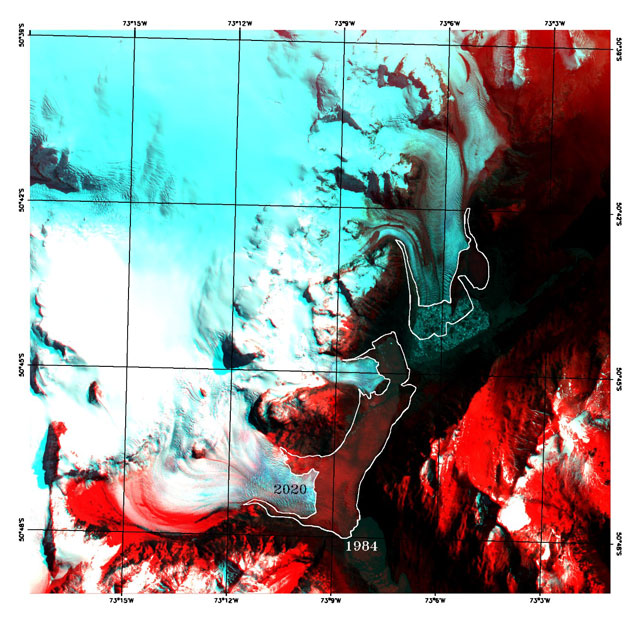
(Above): Patagonian glaciers retreat 15 km2 in the last 35 years. GPL laws in Argentina strive to protect these glaciers along the Patagonian mountain range.
The Argentine National Glacier Act passed in 2010, views glaciers as critical sources for water sources, biodiversity, scientific information, and tourism.
It establishes protection standards, prohibiting deposition of contaminating substances or chemicals, infrastructures that aren’t needed for scientific research, mining, and industrial activities.
The act also specifies activities not prohibited or regulated, this includes rescue activities, scientific activities that don’t leave debris, and sporting activities such as mountain climbing, non-motorized sports.
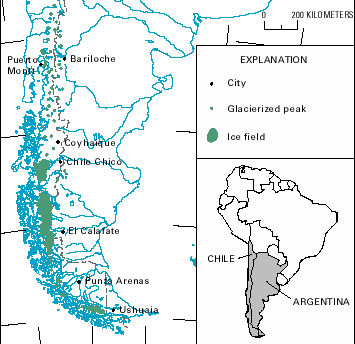
(Above): The Patagonian mountain range. 70% of Argentina's drinking water is provided by the Patagonian glaciers. However, this mountain range is also rich with minerals to exploit. To protect this vital source of safe drinking water, Argentina strives to protect the Patagonia mountain range from such industrialized activities to maximize long term environmental sustainability.
Researchers are exploring ways to slow the melting of glaciers, specifically in ski resort or tourism areas.
A primary method is geotextiles, these are tarpaulins placed on the glaciers during the summer months to reflect sunlight, more than 50%.
The Swiss Alps are currently using this process, however the use of geotextiles is difficult to scale up, and can be expensive to implement.
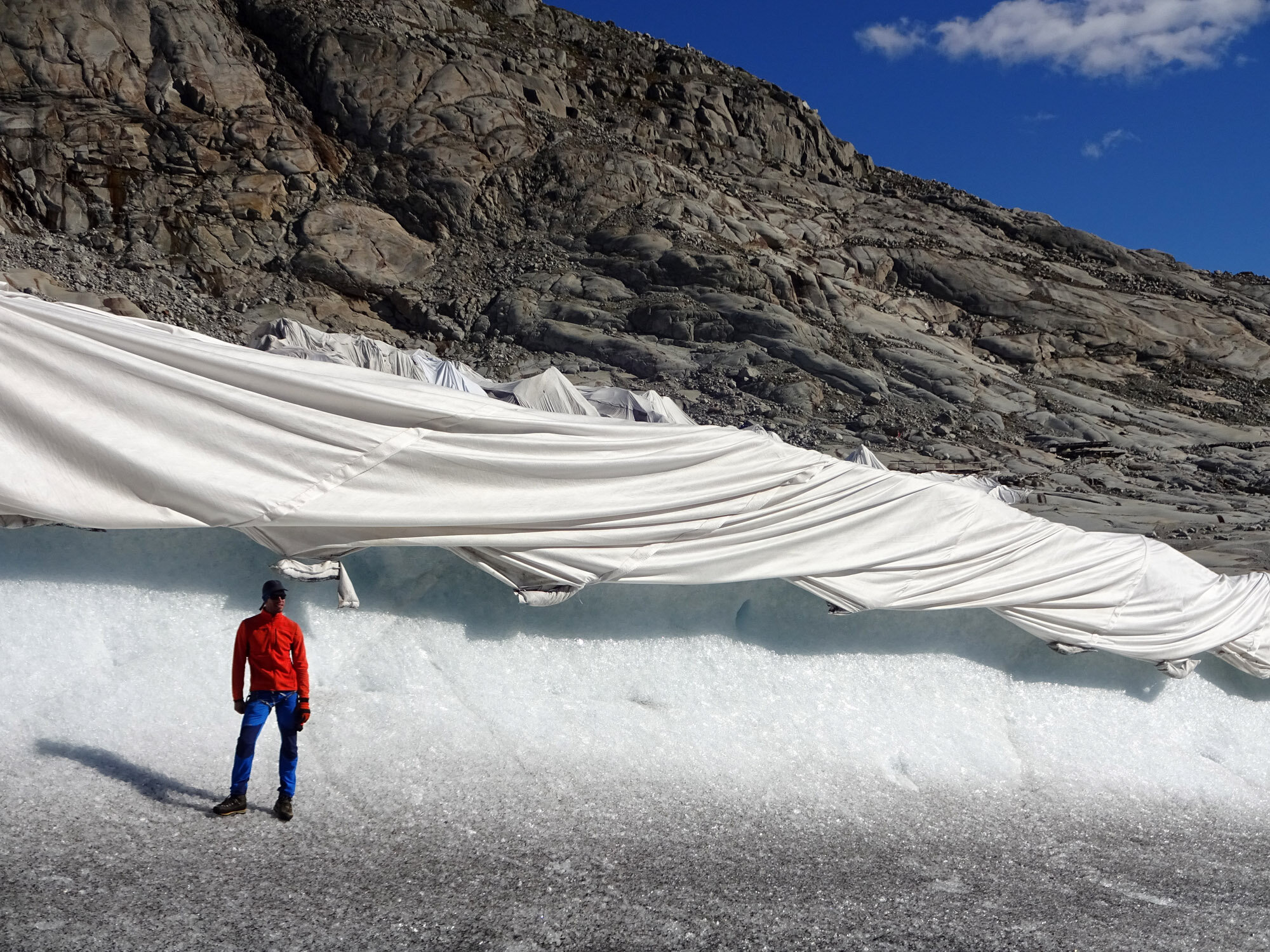
The Antarctic Treaty System passed in 1959 includes 12 countries, and prohibits mineral resource exploitation in the Antarctic.
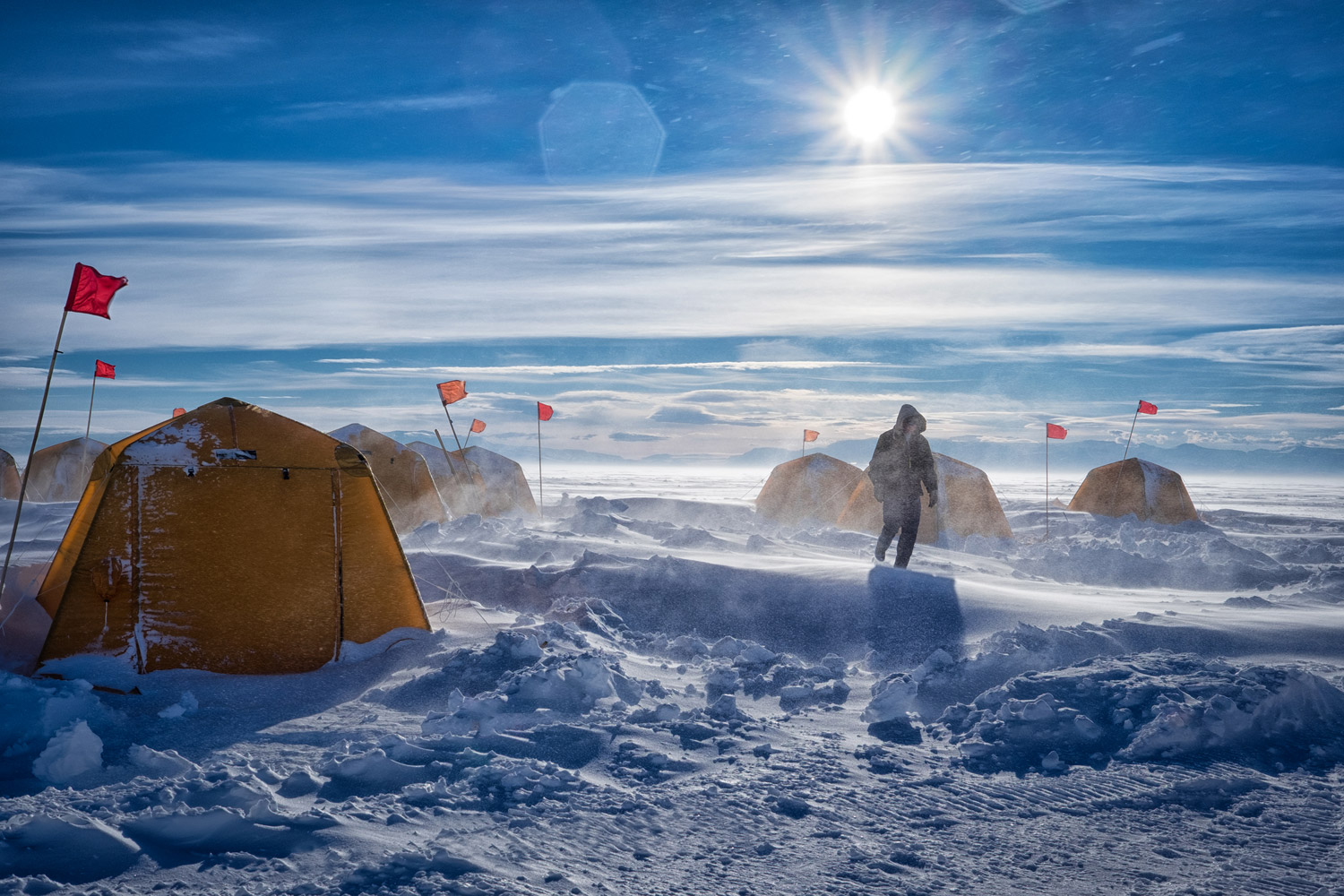
In other parts of the world such as Canada and Ecuador, activities on glaciers are regulated by National Parks, but there are no explicit laws for glacier protection in legislation.
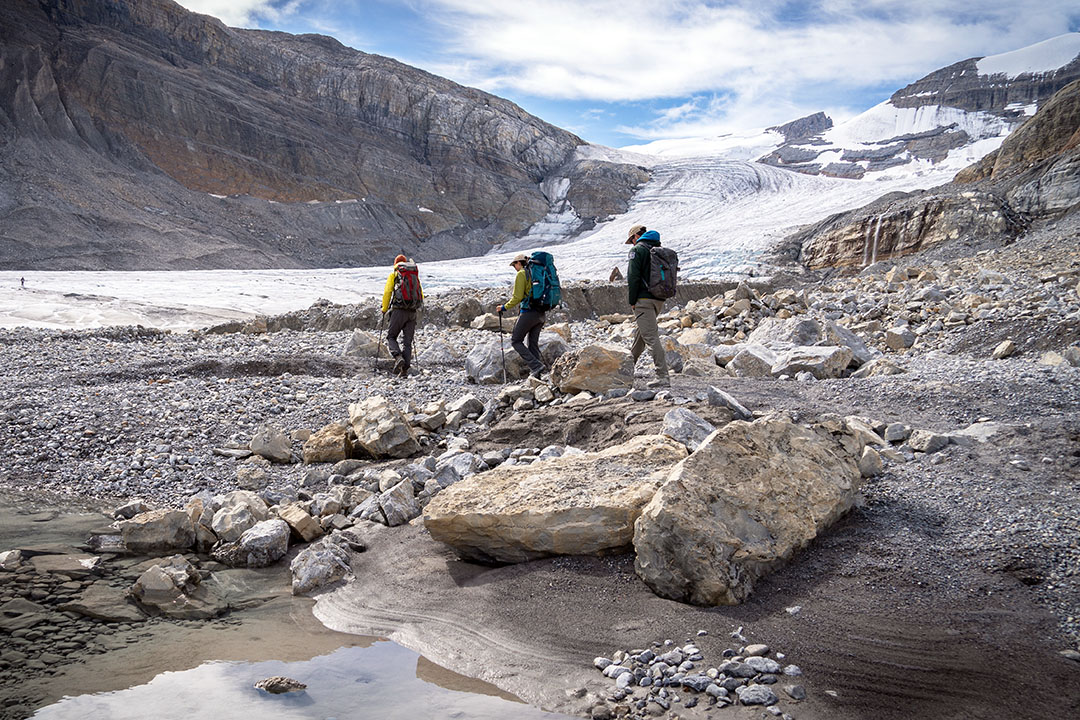
Glacial recession isn't just a global threat that can't be changed. We invite you to look further into these organizations who use community support to further their efforts in protecting the world glaciers.
Protect Our Winters is an organization started by professional snowboarder Jeremy Jones to bridge the gap between science, policy makers, and everyday athletes. They have brought together athletes from all parts of the outdoor industry who strongly believe in making a difference and simply protecting our winters. This force is joined by scientists from around the world who help to back their claims and do the research in order to advocate for the change that we need. Some brands also participate in this advocacy to get the word out and help fund their initiatives. With all this help, POW has been lobbying for change at the Federal level with our government.
The United States Geological Survey started their Glacier and Climate Project in the 1950s. They have been researching 5 different glaciers around the north western US. They started with the South Cascade Glacier in Washington and later added the Gulkana, Wolverine and Lemon Creek glaciers in Alaska. Most recently in 2013 they added the Sperry Glacier in Montana. They have monitored the mass balance of these glaciers over the past 70 years and have found an immense decline over the years. The USGS does not have any direct ways to donate or help but they do accept donations of money or even personal property to help with their research around the country.
The Juneau Icefield Research Program leads trips across the Juneau Icefield to teach, train, and inspire the young scientists of the future. This program helps to teach not only important field research skills but also teach important wilderness survival skills required for research in remote areas. The program allows students to travel across the Juneau icefield and collect data for their projects along the way. This includes skiing and hiking around the icefield and surrounding glaciers with a final public presentation at the end of the program. JIRP accepts donations to help run this program and train the scientists we need to help make a change for these glaciers.